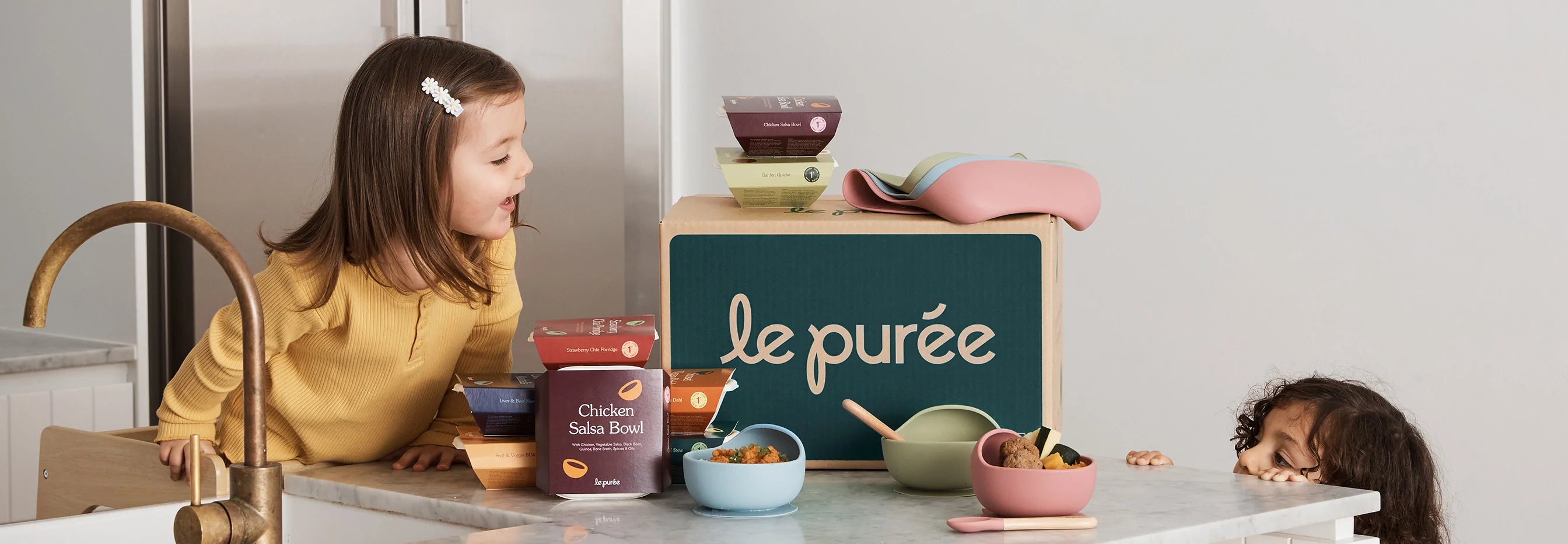Author: Anna Ritan, APD, BND, Paediatric Dietitian,
Starting solids with your baby is an exciting milestone, but it can also be overwhelming to know which way to start, with so much information available, how do you know what approach is right for you and your baby?
Let me start by saying that…there is no “right” or “wrong” way to introduce food to your baby, there are just “different” approaches.
- Baby-led weaning is allowing your child to feed themselves all their foods from the first introduction of solids by starting with finger foods.
- Traditional spoon feeding is when babies are fed by their caregivers and offered their first tastes of foods via a baby spoon
- Combination feeding is a mix of both baby-led weaning and spoon-feeding or purees.
So how do you know what method is right for you and your baby? Here are some points to consider below:
Baby-led weaning may be for you if:
- You love the idea of letting your baby self-feed from the beginning and want to jump right into offering whole foods and family meals
- You are waiting until your baby is developmentally ready to start solids this means they can maintain their core stability and head control whilst reaching and grabbing food off their tray
- Your baby is wanting to touch food and self-feed, and may also be refusing or not opening their mouth to the spoon or purees
- You’re comfortable with your baby gagging as they learn to explore textures
- Your baby has no functional barriers to chewing or swallowing (ie. Developmental Delay).
- You are comfortable with the idea of not knowing how much your child has eaten at a meal, and content to let them explore foods you offer and be autonomous with what they eat

Starting with traditional spoon feeding and purees may be for you if:
Your baby is showing signs that they’re ready to start solids and are leaning in and opening their mouth when food is offered on a spoon.
- You prefer to introduce solids using a gradual approach, starting with smooth purées and progressing textures as your baby needs
- You are anxious about offering large pieces of whole foods to your baby or have a strong fear of choking which would create stress at meal times.
- You feel you can be responsive with spoon-feeding, and read your baby’s cues, letting them stop when they are full

Starting with a combination approach of purees and finger food may be for you if:
You love the idea of letting your baby explore all textures from the first introduction of solids (because not all food can be “finger food”, like yoghurt, soups, and casseroles)
- You are comfortable with soft finger foods for baby-led weaning but worry about the texture of chewy food like meat, this way you can offer the meat pureed.
- You like the idea of your baby learning to eat with both utensils and their hands.
- Your baby gets frustrated quickly with finger food initially and is more likely to persist with finger foods after they have had some spoon feeding
- You will have family members also looking after your child who are not confident with BLW and need another option.




